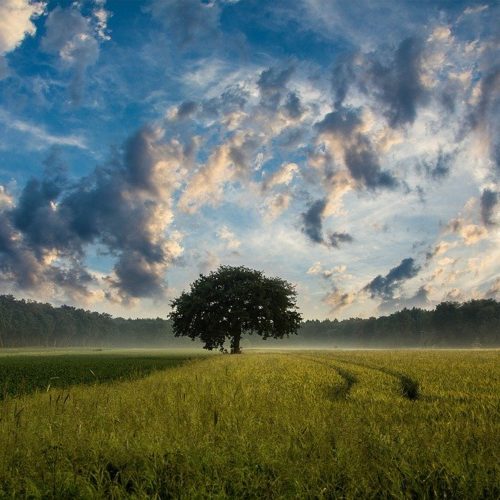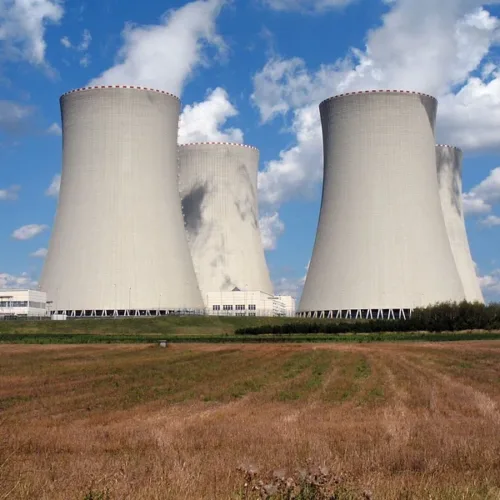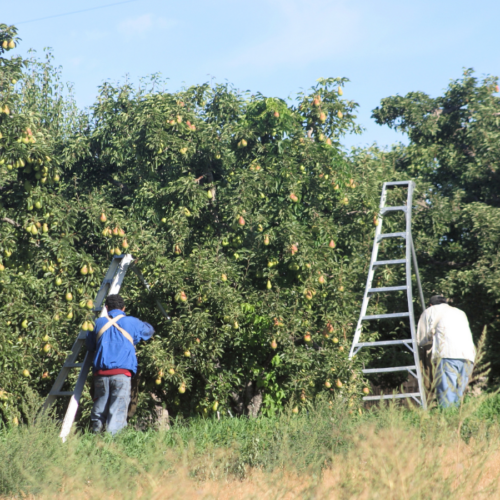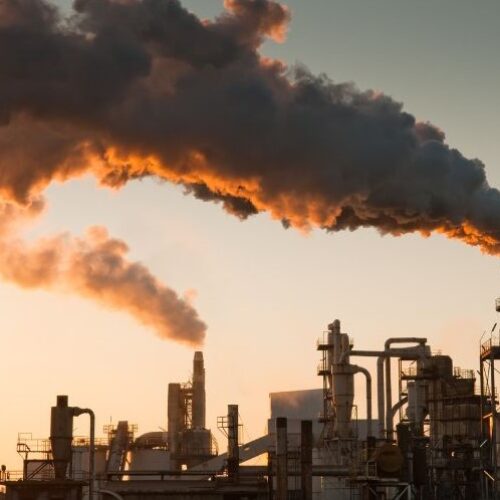Is carbon the “crop” of the future?
Regenerative agriculture, also called carbon farming, has become a hot topic among environmentalists, politicians, and many farmers in recent years. The practices that make up regenerative agriculture feature prominently in Biden administration policy initiatives and are increasingly considered a viable way to combat climate change.
Paul Schattenberg, a media specialist and writer for Texas A&M University’s AgriLife Communications, recently wrote an article for Agrilife Today, “Is Carbon the Crop of the Future?“

Carbon dioxide emissions control concept. 3d rendering of co2 cloud on fresh spring meadow with blue sky in background.
In his article, Schattenberg describes “an increasing awareness and a concern about the environment,” including “changes in government policy, America’s re-entry into the Paris Agreement and a robust demand for carbon offsets.” Each of these factors, he says, is leading to “an appetite for a new agriculture crop – carbon.”
Katie Lewis, Ph.D., with Texas A&M AgriLife Research and a soil fertility scientist in the Department of Soil and Crop Sciences, defines carbon farming as “remov[ing] excess carbon from the atmosphere and stor[ing] it in the soil, where it will facilitate plant growth.” Carbon Farming incorporates some familiar farming practices, including no-till, mulching, composting, crop rotation (including livestock rotation on the land) and cover crops.
Many questions about the efficacy of carbon farming remain today. Will some farmers benefit more than others? And what about benefits for farmers who have already taken actions on carbon sequestration?
In the article, Schattenberg also highlights the need for a carbon bank so that credits can be sold to corporations to offset their emissions. This opportunity, importantly, could open up new revenue streams for farmers who use regenerative agriculture to sequester carbon.
Looking ahead, key questions include how to accurately measure carbon sequestration and whether or not large-scale carbon farming can be sustainable in the long term. Some environmentalists question the long-term benefit and farmers wonder whether carbon farming and related incentives will benefit farms in every part of the country or mainly those in the mid-west and south.
Ultimately, says Schattenberg, producers will have to look at the costs and benefits of adopting carbon farming techniques before deciding if it works for them.
If you are a farmer or work with farmers, consider running a report on the USDA’s COMET-Farm tool.
COMET-Farm estimates the carbon footprint for all or part of your farm/ranch operation and allows you to evaluate different options, which you select, for reducing GHG emissions and sequestering more carbon. General guidance is provided about potential changes to your management practices that are likely to sequester carbon and reduce greenhouse gas emissions.
Because the tool uses detailed spatially-explicit data on climate and soil conditions for your location and allows you to enter detailed information for your field and livestock operations, it is able to produce an accurate estimate tailored to your specific situation. No prior training is needed to run the tool and embedded help functions are provided to assist you in running the tool.





